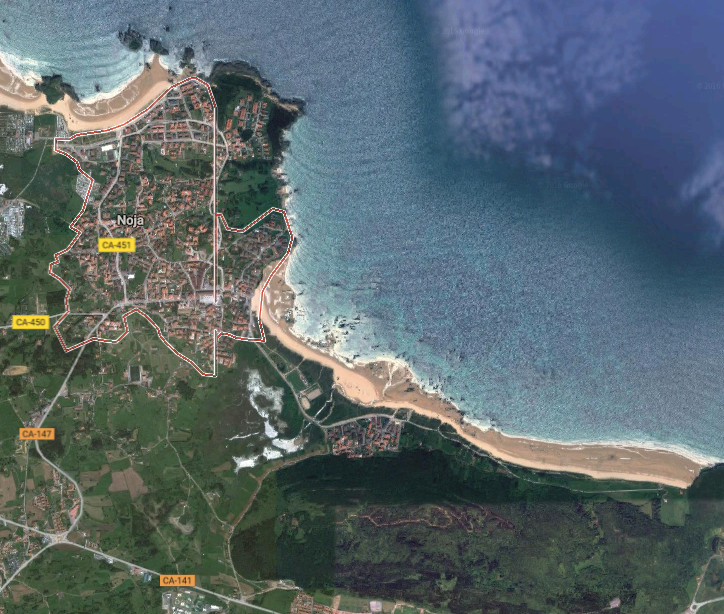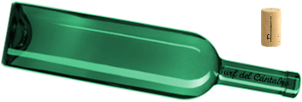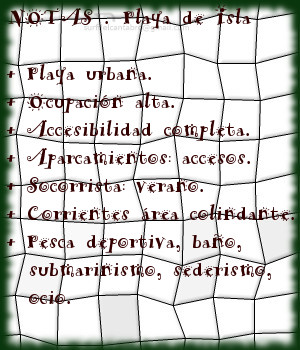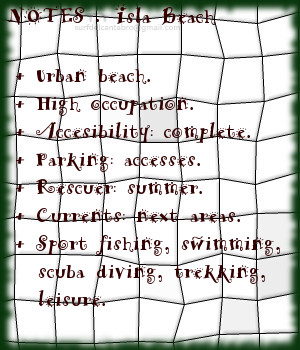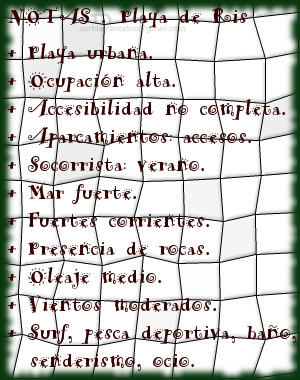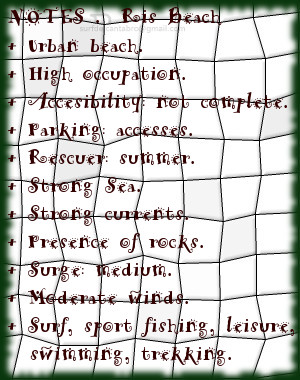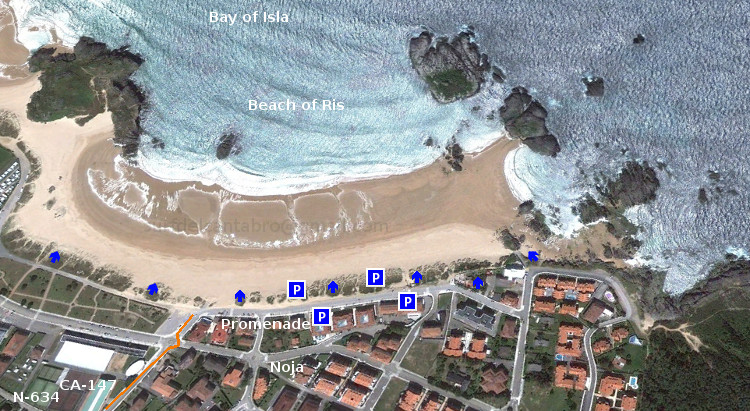Noja, ciudad
![]() Noja, singular municipio de la costa oriental de Cantabria, es una villa cuya organización se articula en barrios. Delimitado en el oeste por la Playa de los Barcos, en el este está acotada por el Monte EL Brusco, que da nombre a la playa que se sitúa en sus accesos.
Noja, singular municipio de la costa oriental de Cantabria, es una villa cuya organización se articula en barrios. Delimitado en el oeste por la Playa de los Barcos, en el este está acotada por el Monte EL Brusco, que da nombre a la playa que se sitúa en sus accesos.
Su costa rocosa e irregular supera los 15 kilómetros de longitud y cuenta con varios arenales de fina y blanca arena. Las playas de los Barcos, Ris, Trengandín y el Brusco ocupan el 70% de la línea de costa. Variedad ofrece al visitante un amplio abanico de opciones donde practicar el baño y disfrutar del descanso. El surf, la pesca, el submarinismo y demás deportes acuáticos pueden ser disfrutados en sus arenales. La orografía de la cara Este de la villa contiene la Ensenada de Noja. Las talladas rocas que pueblan la bahía asoman sus afiladas cimas sobre las aguas del Mar Cantábrico y proporcionan un espectáculo de belleza onírica con la marea baja.
Las Marismas De Victoria y Joyel, rodean el municipio y componen, junto con las Marismas de Santoña, el mayor humedal de la cornisa cantábrica. Ambos estuarios disponen de observatorios para aves y senderos que los rodean y/o atraviesan, ofreciendo distintas perspectivas del parque natural que forman. Estos tesoros que forman parte del patrimonio de Noja pueden anticipar la inmensidad de la zona que será descubierta con cada paso, en cada rincón.
Noja, city
![]() Noja, singular municipality of the oriental coast of Cantabria, is a villa which organization is articulated in neighborhoods. Delimited in the west for the Beach of Los Barcos, in the East there is annotated by the Mount El Brusco, which gives name to the beach that places in its accesses.
Noja, singular municipality of the oriental coast of Cantabria, is a villa which organization is articulated in neighborhoods. Delimited in the west for the Beach of Los Barcos, in the East there is annotated by the Mount El Brusco, which gives name to the beach that places in its accesses.
Its rocky and irregular coast overcomes 15 kilometres of length and possesses several sandbanks of thin and white sand. The beaches of Los Barcos, Ris, Trengandín and El Brusco occupy 70 % of the line of coast. Variety that offers a widely range of options to the visitor where to practise the swimming and enjoy the relaxation. The Surf, the fishing, the scuba diving and other aquatic sports can be enjoyed in its sandbanks. The orography of the west face of the villa contains the Inlet of Noja. The chiseled rocks that populate the bay put its sharp tops over the waters of the Cantabrian Sea and provide a spectacle of oneiric beauty in the low tide.
The Marshes of Victoria and Joyel, surround the municipality and compose, with Santoña’s Marshes, the major wetland of the Cantabrian cornice. Both estuaries have observatories for birds and paths that surround and / or cross them, offering different perspectives of the nature reserve that form. These exchequers that form a part of Noja’s heritage can anticipate the immensity of the zone that will be discovered by every step, in every corner.
![]()
 Noja, ciudad
Noja, ciudad
